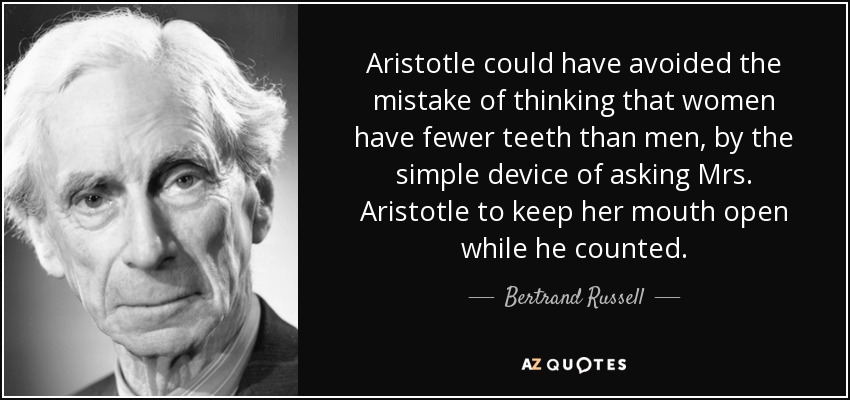Ok so, Christianity is super old, right? So is rhetoric, and the church has been using rhetoric for a very long time. Look at the Bible for example. All rhetoric used to persuade people into acting a certain way that they deem proper and most Godly. Rhetoric became important to the functioning of the church sometime between 450 and 1000 CE. They used it for teaching and debating with opponents and evangelism. One such rhetorician of the church was St. Augustine of Hippo (353-430 CE). also can we talk about how we have writings from people millenniums ago? whack.
Anyway, Augustine was born to a devout Christian mother who sent him to Carthage in 370 CE to study rhetoric. After he finished his studies he relocated to Rome. He became a professor of rhetoric in Milan and was considered a well-known orator and teacher of rhetoric. His teachings were based off of Cicero and were influenced by Sophism. While teaching in Milan, he met a Christian leader and famed orator named Ambrose who impressed Augustine with his rhetorical skill. Ambrose eventually converted Augustine to Christianity and baptized him in 387 CE. Augustine went on to be a priest in 391 and offered the office of Bishop of Hippo. During his time as Bishop, he published many books like Confessions, where he describes his early life and conversion to Christianity.
Augustine described his early life, living, and teaching to be very Sophistic. He attacked rhetoric in Confessions like a Sophist would, saying he only "rejects the abuses of the Second Sophistic." He came to understand that rhetoric was very important to the church and Christian society and so was rhetorical tradition. He sought a rhetoric that "could aid in the pursuit of truth... the Christian scriptures." He believed that even though rhetoric had pagan origins, the church needed it to discover and teach the contents of scripture as well as "defend scriptural truth." But Augustine had trouble. God transcended spoken and written language, and rhetoric was finite. How could they make an adequate description of God with such limited signs?
I remember hearing a sermon on this topic as a young child whose parents forced her to attend church even though I hated it and they did not like it either. Humans are so small and insignificant compared to his Holiness, so there was no way we could adequately describe and worship God the way he deserved. However, we had to try and God would forgive us for our inadequacy.
Augustine writes how even though humans are finite and limited in their ability to describe God, rhetoric is still important. Priests use rhetoric in sermons to spread positive messages on how to maintain the health of the parishioners souls. It assists preachers in understanding the divine truth in scriptures, and teach them to the congregation. It can be used to debate heretics and nonbelievers, but it could also be dangerous. we can't have parishioners and regular people thinking and creating valid arguments against christianity now can we?
His major work on rhetoric and guide to preaching was De Doctrina Christiana (On Christian Doctrine). It has similarities to Cicero's De Oratore and Orator. He begins with saying that the "means of finding material for understanding scripture (modus inveniendi) is different from expressing the ideas found (modus proferendi). Augustine urged the church to study and teach human discourse. While classical rhetorical practices were not well accepted in the church, Augustine convinced them to use what was useful in the classical rhetorical treatises. With all his writings and time in the church, he was able to get the church to study rhetoric and teach it like other subjects, and because of him Christians began understanding the principles of rhetoric.












